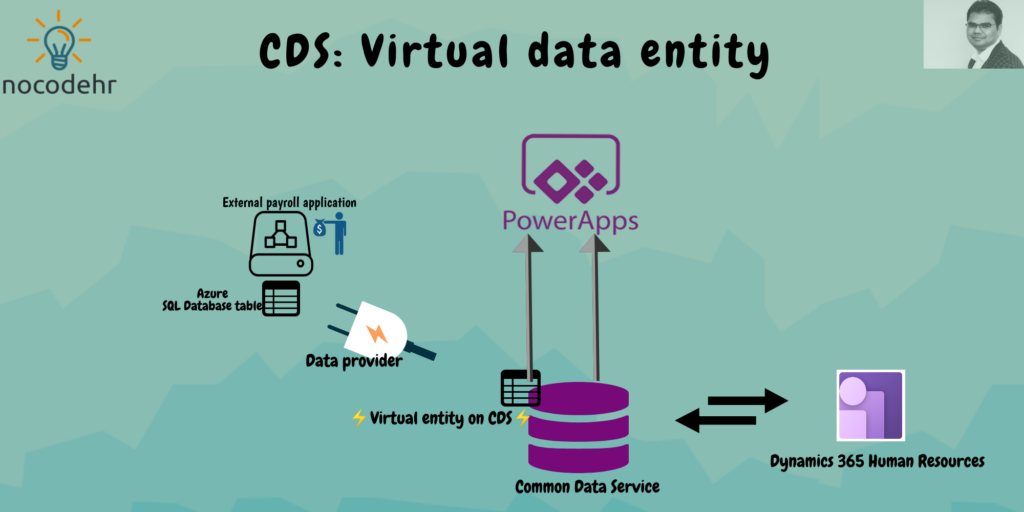
Ideal v/s Reality of enterprise application landscape
When you are defining a enterprise application landscape the ideal dream is to have one enterprise application platform with seamless integration which can make all business teams of the company substantially happy if not equally, but the reality is every application/platform has its own strengths and combined value driven by an integrated application landscape in many cases is higher and we would end in this situation to make all business teams happy😆. In this essence we will definitely come across integration scenarios in which data is duplicated across the integration landscape.
A problem to discuss!
Lets consider an example of a payroll application where the Tax related data of an employee resides and Dynamics 365 Human Resources where the employee master data is stored. To drive business value and provide good user experience you want to display certain data from both the applications in a combined manner.
Traditional integration approach
In a traditional approach the solution is built using client/server side plug-in to connect these 2 applications which leads to data replication.
How does a Virtual Data Entity help?
Virtual Data Entities on the other hand are skeletons of the actual tables of the external data sources without any physical data. The data is populated at run time via the data connector without data replication.
To solve our problem we go about as follows:
- Identify the payroll application data to be used in the power app
- Create virtual data entity on Common Data Service
- Connect the data entity with the external application database using a data connector (Standard connectors: OData, Azure Cosmos BD)
- Combine the data from the Virtual data entity and Dynamics 365 Human Resources data entities and build the Power app
- Create a seamless experience without data replication😎
Good to know:
Although it sounds very powerful and the capability is available on Common Data Service, there are some limitations and it is good to evaluate if this approach fits to solve your business problem. You can pick your technical solution architect’s brain and spend sometime discussing about this😜
Please read the official documentation from Microsoft to explore more: CDS Virtual data entities documentation
Want to know more about Dynamics 365 Human Resources… Stay tuned and subscribe to my blog😀:
Do you think my blog helped you? Then please share it with your network on LinkedIn!
